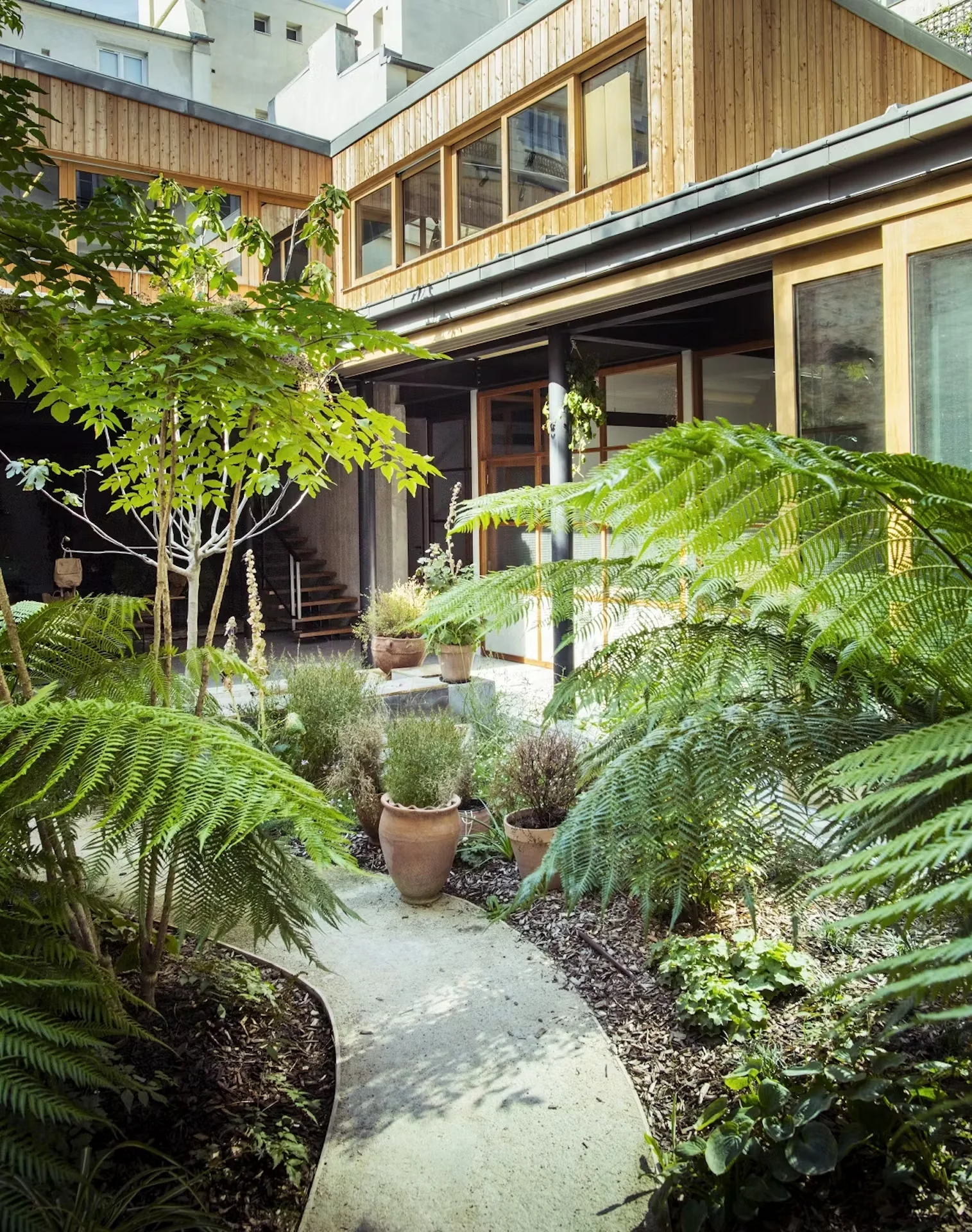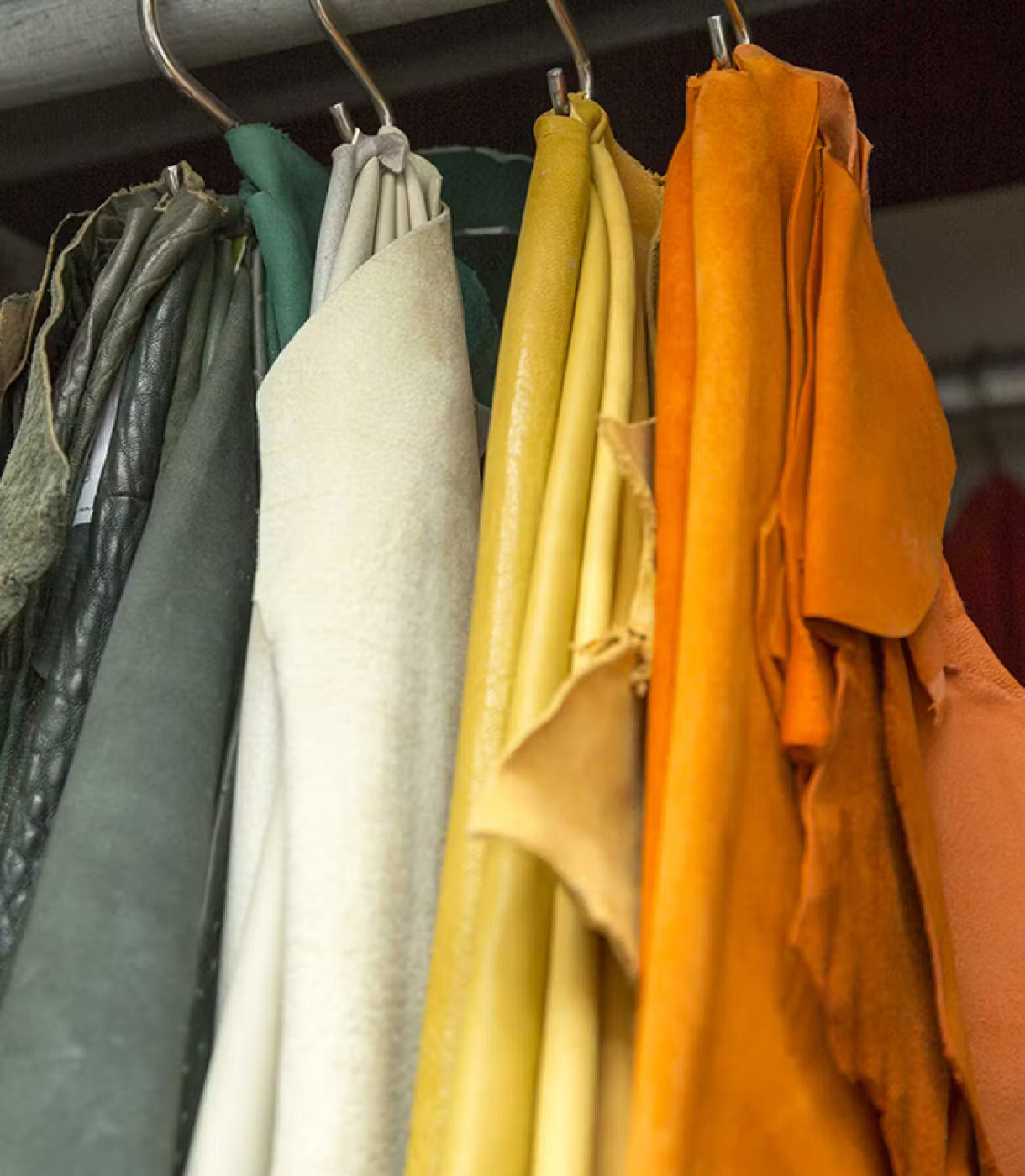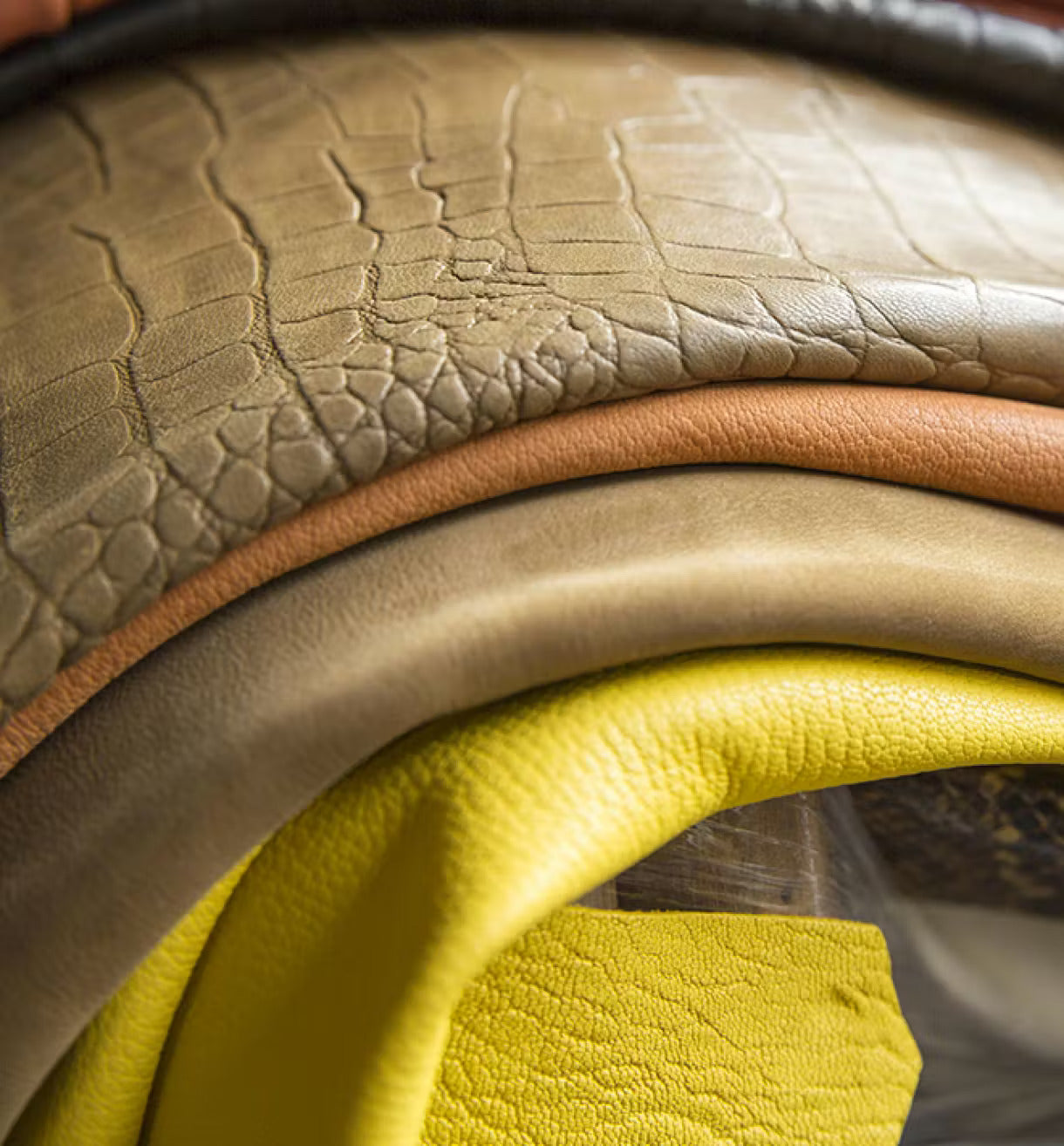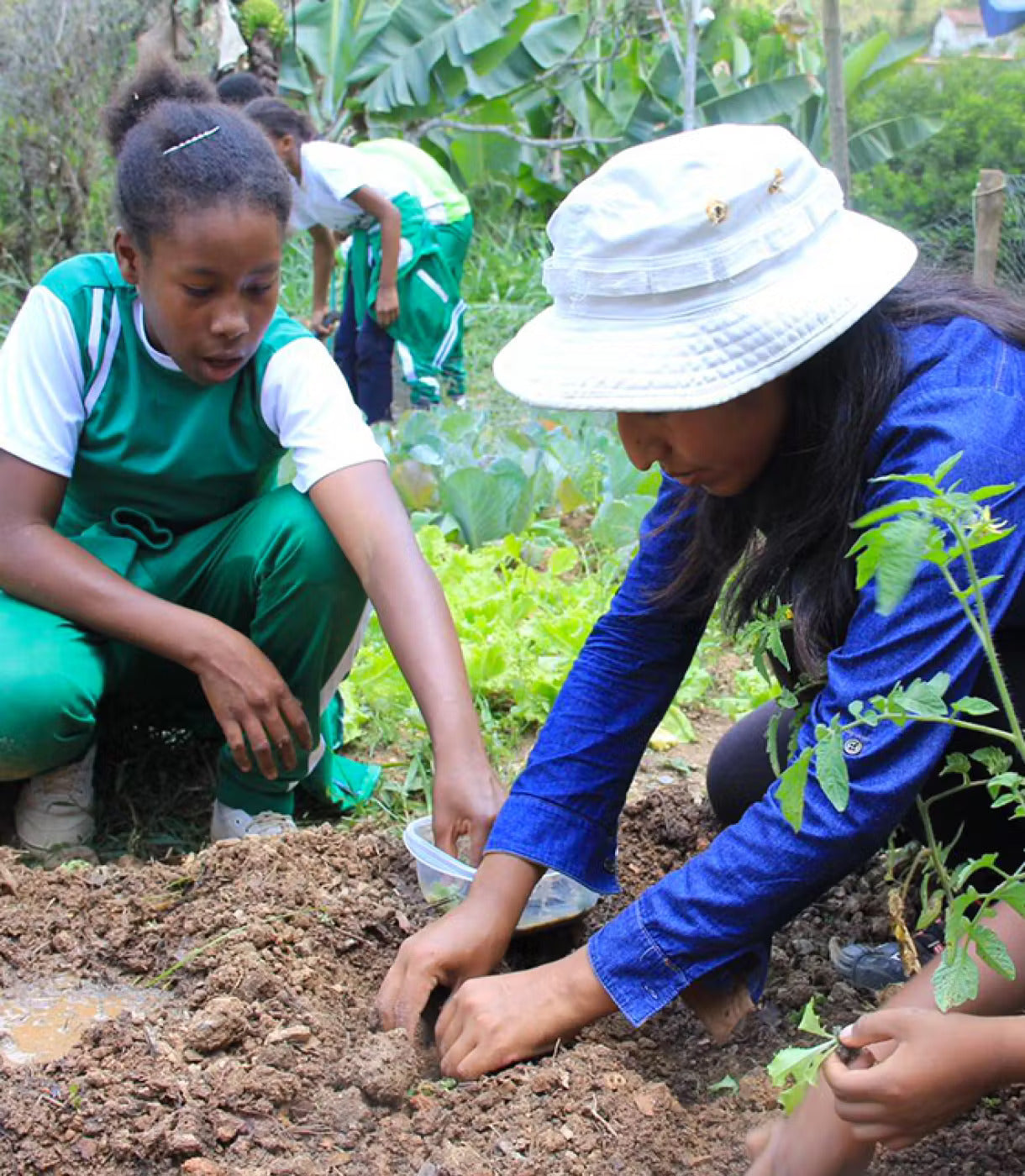

Jérôme Dreyfuss has long been sensitive to environmental concerns and is acutely aware of the harmful effects caused by the fashion industry over the past several decades. From the outset he has continuously strived to ensure that his adverse impact on the environment is as low as possible. This is no easy feat in a sector that requires constant innovation, where designers have to keep up with the increasing demands for new collections and get them quickly to market. Despite the efforts made: vegetable tanning processes, flat-packing the bags to save on space during shipment, avoiding the use of materials from the oil industry, his newly-built eco-friendly head office, there is no denying that a lot more needs to be done.
... there is a lot that can be changed in the fashion industry.
Leather

What is Jérôme Dreyfuss’ position on the environment?
“In a few words, how does the Jérôme Dreyfuss brand view its work as it relates to its environmental responsibility?
The fashion industry has a huge impact on the environment, ranking second to the oil industry as the most polluting industry in the world. As a result, we are duty bound to pay special attention to the origin and environmental impact of the raw materials that we use. This requires us to change behaviours, consume less and smarter, track the origin of our materials, monitor our manufacturing methods in order to minimise our impact on the ever-increasing level of global pollution.
How does the brand choose its suppliers and materials? Does the environment play a role in its decision?
From our inception, we have always purchased our leather in Europe, primarily in France and Italy. We source our products locally and use vegetable tannins. Of course, all the skins we use are from the food industry. We recycle the skins exclusively from animals slaughtered for meat. The thinking behind this choice is clear: we prefer to recycle rather than produce imitation leather from the oil industry. If “eco-friendly” products were to hit the market, naturally we would look into them.
Personally speaking, how are you playing your part to save the planet?
I consume very little, I pay special attention to how much water I use when I shower, I cook at home, I plant trees and I especially try to get my friends on board so that more and more of us are committed to taking these steps.”

At each collection, Jérôme Dreyfuss offers a broad range of vegetable-tanned leather. Vegetable tanning is a traditional process and the oldest tanning method known to man.
The tannins used in this method are derived from plants. Each type of tannin has its own unique properties, which is why certain plant species are favoured over others depending on the desired results: flexibility, bright colours or pastels, etc. The main plant extracts used are mimosa bark, oak bark as well as Quebracho wood, a South American tree.
Vegetable tanning is a slow process; but is less harmful for the environment compared with chrome tanning. The baths and the water- and tannin-filled sludge left over at the end of the process must be treated. These are natural substances and are therefore fully biodegradable. Vegetable tanning is also less hazardous to human health.
The leather produced from vegetable tanning has a natural colour thereby making it possible to darken these pieces to deeper and more subtle shades. Vegetable tanned-leather is nice, soft and sensual to the touch. The feel of the leather may vary depending on the hide and the finishing process, but each piece of leather produced is unique. This leather naturally matures over time, ageing like fine wine.

Coeur de Forêt is an association created in 2005 that works to protect forests and people through a combination of reforestation programs and the development of fair trade schemes. The Association devotes its efforts to restoring forest ecosystems and offering local producers economically-viable alternatives to deforestation.
Jérôme Dreyfuss sponsors one of the Association’s programs located in Coroico, Bolivia. Bolivia is one of the ten countries in the world with the richest biodiversity. Over a period of two years, Jérôme Dreyfuss has help to replant 12 500 trees, support 60 producers and 70 beekeepers by providing them with the required material and equipment.